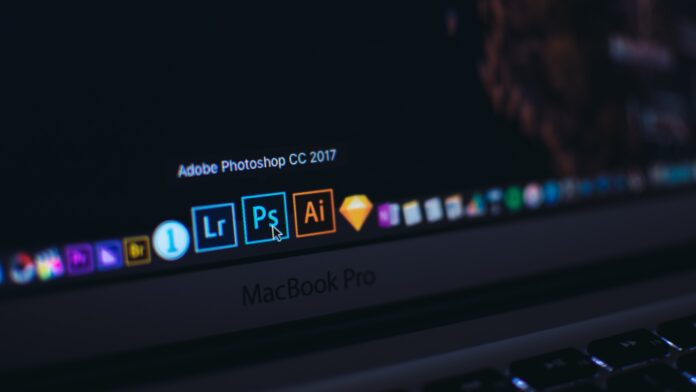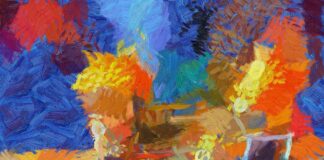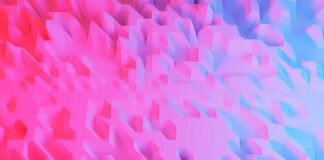Blockbench is a versatile and powerful software tool designed for creating and customizing 3D models, animations, and textures for use in various applications, such as video games, virtual reality (VR) experiences, and computer-generated imagery (CGI) projects. Its intuitive interface and wide range of features make it a popular choice among professionals and enthusiasts in the field of 3D design.
Blockbench, Blockbench, Blockbench… These repetitions highlight the significance of this software and the impact it has had on the 3D design community. Developed by JannisX11, Blockbench was initially created as a Minecraft modeling and texturing tool, but it quickly gained recognition for its versatility beyond the realm of Minecraft. Today, Blockbench is widely used by designers, developers, and artists for creating and editing 3D models and animations in various formats.
1. User-Friendly Interface: One of the most important aspects of any software tool is its ease of use, and Blockbench excels in this regard. It features an intuitive and user-friendly interface that allows both beginners and experienced designers to quickly grasp its functionalities. The layout is designed to maximize productivity, with tools and options easily accessible and organized in a logical manner. Blockbench’s interface promotes a seamless workflow, enabling users to focus on their creative process rather than struggling with complex menus and settings.
2. Extensive Model Customization: Blockbench provides a comprehensive set of tools and options to customize 3D models with precision and flexibility. Users can manipulate vertices, edges, and faces to modify the shape and structure of their models. The software supports various transformation operations, including scaling, rotation, and translation, allowing for detailed adjustments. Additionally, Blockbench offers advanced features like mirroring, smoothing, and subdivision surfaces, empowering users to create complex and detailed models.
3. Texture Mapping and UV Editing: Textures play a crucial role in enhancing the visual quality of 3D models. Blockbench offers powerful texture mapping capabilities, enabling users to apply textures to their models with ease. The software supports different projection methods, such as planar, cylindrical, and spherical mapping, ensuring accurate and realistic texture placement. Moreover, Blockbench includes a UV editor that allows designers to manually manipulate the UV coordinates of model surfaces, providing full control over how textures are mapped onto the model.
4. Animation and Keyframe Support: Blockbench goes beyond static modeling by providing animation functionalities. Users can create and edit animations directly within the software, defining keyframes and interpolating movements between them. The animation timeline offers a visual representation of keyframes, allowing precise control over timing and easing functions. With Blockbench, designers can breathe life into their models, making them move, rotate, and interact within their 3D environments.
5. Format Compatibility and Export Options: Blockbench supports a wide range of file formats, ensuring compatibility with various software applications and game engines. Users can import and export models in popular formats like OBJ, FBX, and STL, facilitating seamless integration into different pipelines. Blockbench also offers export options specific to certain platforms and games, such as Minecraft resource packs or Bedrock Add-ons, streamlining the process of preparing models for specific applications.
These five important aspects of Blockbench demonstrate its capabilities as a versatile 3D modeling and animation tool. Its user-friendly interface, extensive model customization options, texture mapping and UV editing features, animation support, and format compatibility make it a valuable asset for anyone involved in 3D design and development.
Blockbench has proven to be a valuable tool for a wide range of users, including game developers, modders, VR content creators, architectural designers, and hobbyists. Its versatility, combined with its ease of use, has contributed to its growing popularity within the 3D design community. Whether you are creating intricate models or designing immersive virtual worlds, Blockbench provides the necessary tools and features to bring your ideas to life.
Blockbench offers a user-friendly interface that promotes efficient and streamlined workflows. Its layout is designed to ensure easy access to tools and options, allowing users to focus on their creative process rather than navigating complex menus. The intuitive nature of Blockbench makes it accessible to both beginners and experienced designers, enabling a smooth learning curve for those new to 3D modeling.
When it comes to model customization, Blockbench offers a robust set of tools and features. Users can manipulate vertices, edges, and faces to modify the shape and structure of their models. This level of control allows for precise adjustments, enabling designers to create unique and intricate designs. Additionally, Blockbench supports various transformation operations like scaling, rotation, and translation, providing the flexibility needed for creating diverse 3D models.
Texture mapping is an essential aspect of creating realistic and visually appealing 3D models, and Blockbench excels in this area. The software offers multiple texture projection methods, including planar, cylindrical, and spherical mapping. This allows designers to accurately apply textures to their models, ensuring a seamless integration of visual elements. Blockbench also includes a UV editor, which grants users full control over the manipulation of UV coordinates. This feature is particularly useful for advanced texture mapping and precise texture placement on model surfaces.
Blockbench expands beyond static models by providing animation capabilities. Users can create and edit animations directly within the software, defining keyframes and interpolating movements between them. The animation timeline offers a visual representation of keyframes, enabling users to fine-tune timing and easing functions. With Blockbench, designers can bring their models to life, making them move, rotate, and interact within their virtual environments.
Compatibility and export options are crucial considerations for any 3D design tool, and Blockbench addresses these needs comprehensively. It supports a wide range of file formats, including popular ones like OBJ, FBX, and STL. This broad compatibility ensures seamless integration with other software applications and game engines. Moreover, Blockbench offers specific export options tailored to platforms and games such as Minecraft resource packs or Bedrock Add-ons. These export options streamline the process of preparing models for specific applications, saving time and effort for users.
In summary, Blockbench is a powerful and versatile 3D modeling and animation tool that caters to the needs of various industries and individuals. Its user-friendly interface, extensive model customization options, texture mapping and UV editing features, animation support, and format compatibility make it an invaluable asset for 3D designers, game developers, modders, VR content creators, architectural designers, and hobbyists alike. With Blockbench, you can unleash your creativity and bring your 3D visions to life.














